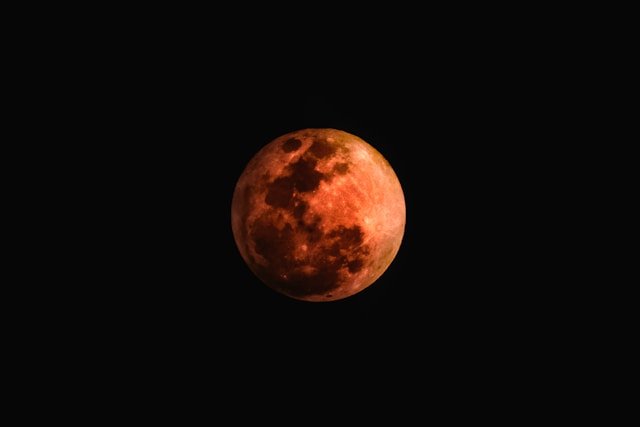Scientists uncover evidence of a massive asteroid strike that reshaped the moon 3.8 billion years ago
A colossal asteroid impact carved two enormous craters near the Moon’s south pole within minutes, according to a groundbreaking study by an international team of scientists. The discovery sheds new light on the Moon’s violent past and could influence future lunar exploration.
The newly analysed craters—Vallis Schrödinger and Vallis Planck—lie on the Moon’s far side, permanently hidden from Earth. Vallis Schrödinger stretches 270km in length and plunges 2.7km deep, while Vallis Planck, of similar length, reaches a depth of 3.5km. For comparison, these impact scars rival the size of the Grand Canyon, which formed over millions of years—whereas the Moon’s craters emerged in a mere 10 minutes.
Embed from Getty ImagesScientists believe that around 3.8 billion years ago, a massive asteroid struck the Moon, hurling rocky debris across the surface at speeds of 1 kilometre per second. The largest fragments, measuring up to 3.2 miles wide, slammed into the lunar crust, instantly gouging out the craters.
Using data from NASA’s Lunar Reconnaissance Orbiter, researchers mapped the region and calculated the energy unleashed during the cataclysmic event. Their findings could be crucial in selecting sample sites for upcoming human and robotic missions, including NASA’s Artemis III, which aims to land astronauts near the lunar south pole.
This discovery not only reshapes our understanding of the Moon’s geological history but also highlights the devastating power of asteroid collisions—reminders of the chaotic forces that shaped our solar system billions of years ago.
